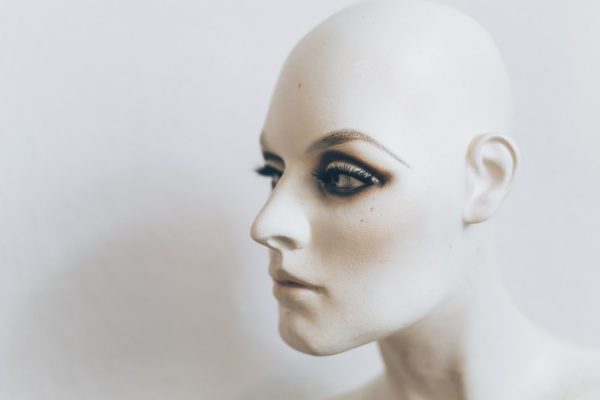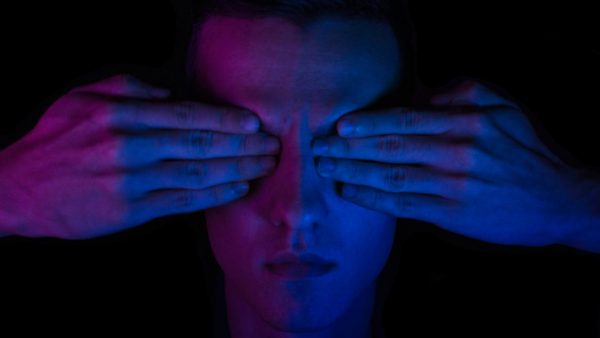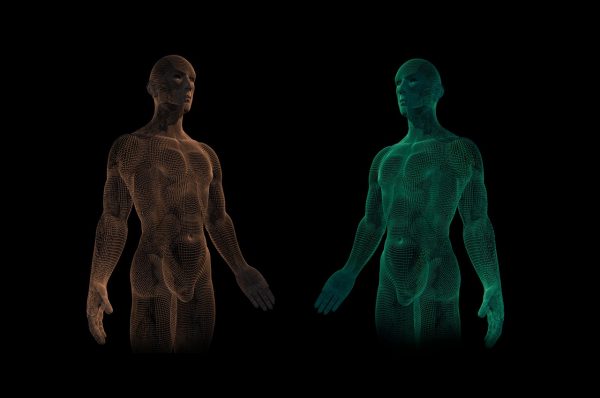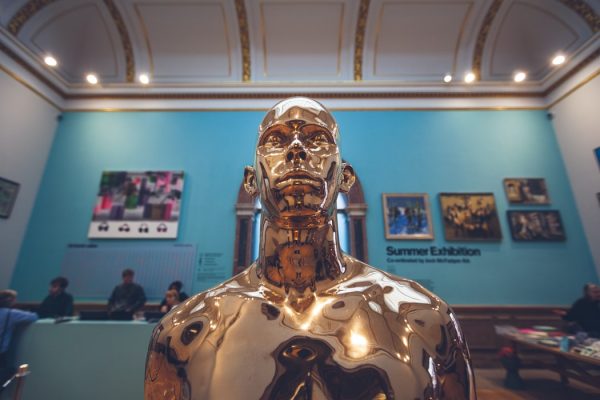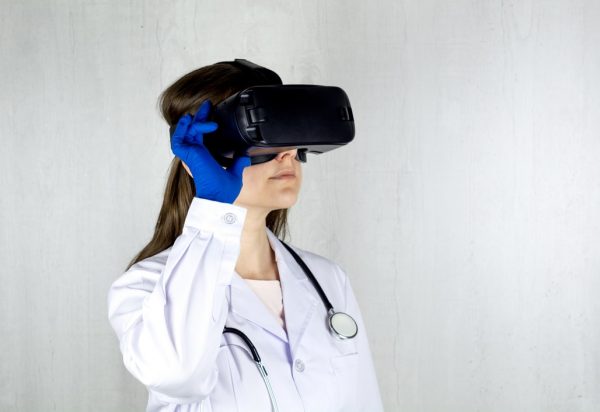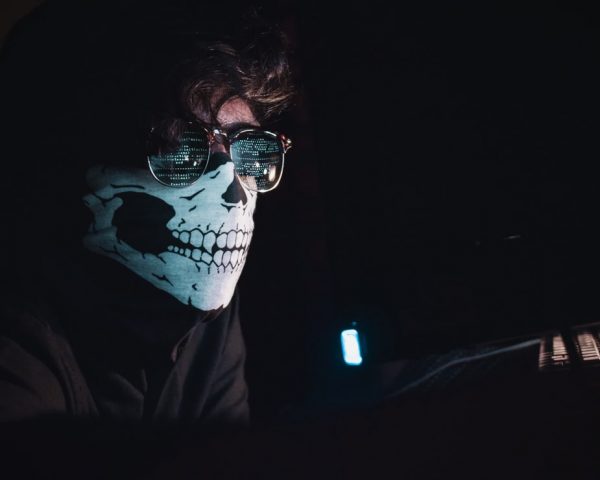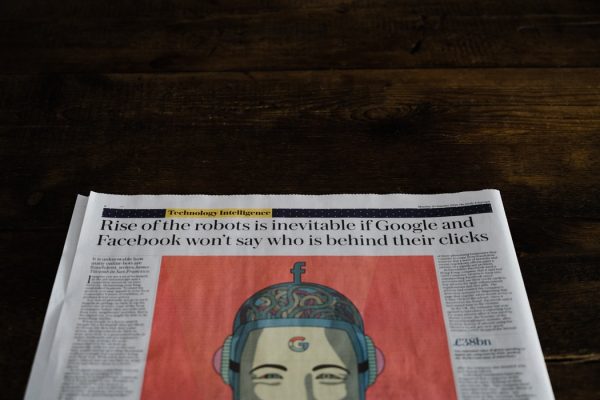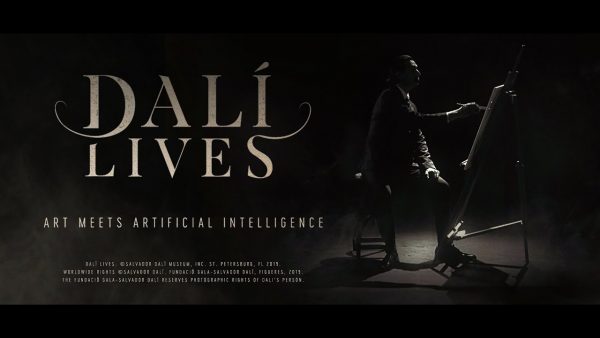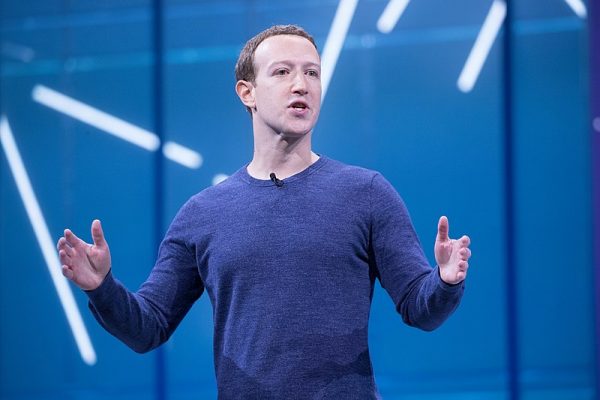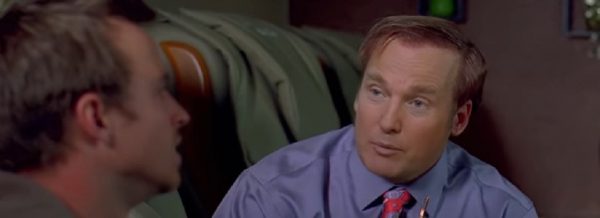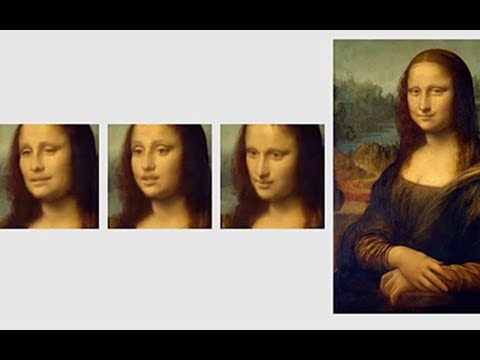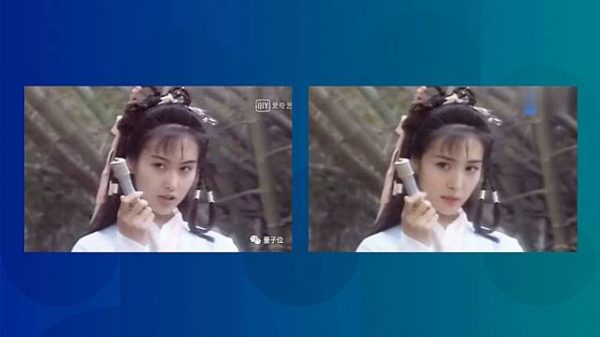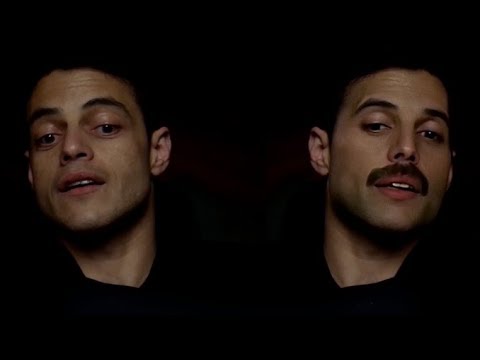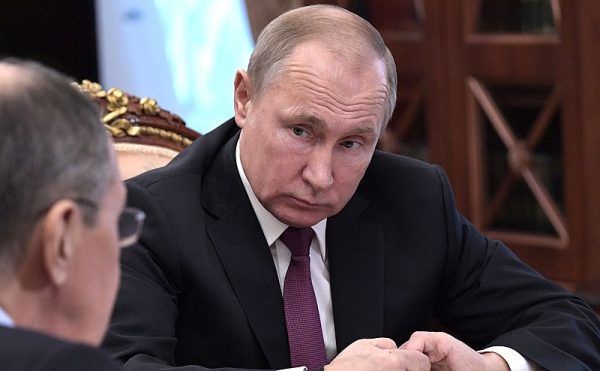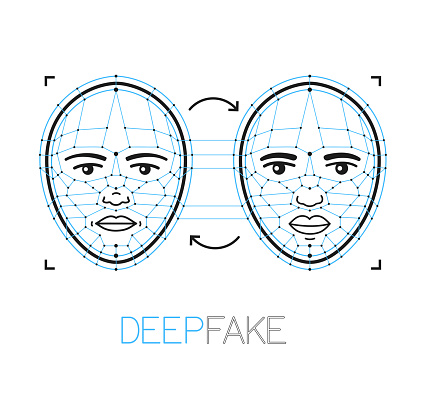It is easy to fear-monger people into thinking deepfakes are dangerous. They sure can be. Imagine having the power to make people do things they have never done or say things they have never said. This is what deepfakes do. But what are deepfakes, really? Should we be as scared of them as people make us believe?
What Is Deepfake Technology?
A combination of the words “deep learning” and “fake,” deepfakes are a polarizing AI phenomenon. Getting down to the basics, deepfakes are hyper-realistic videos, made by deep learning technology. It is made possible by AI, as it has the capacity to make decisions all on its own. One can never know when they are watching a deepfake, especially in recent years. This technology studies matter, their habits, and their angles. By doing this, it can recreate and synthesize images and videos of the matter by itself. Through machine-learning, deepfakes can continue evolving. As a branch of AI, much like Sophia the Robot, the jury is still out on whether deepfakes are good for society or not. There are people that think deepfakes are a window into a dystopian world. However, there are others that believe it will do humanity some good. Some politicians even call deepfakes “as bad as nuclear bombs.” Are they? Who are the ones behind them, anyway?
Who Is Making Deepfakes?
Anyone can make a deepfake, as long as they have the technology for it. The most popular deepfakes of today come from academic institutions and deepfake enthusiasts. Another institution making deepfakes could be the government. For idealists, they may believe that the government uses it to combat extremist groups. For cynics, they may believe that government deepfakes are for political disinformation. However, these should not discredit the people that paved the way for deepfakes. Visual effects departments molded deepfakes. The movie industry was first to use deepfake technology on a major scale. Without them, it would not have evolved into what it is today.
How Are Deepfakes Created?
Generative Adversarial Networks (GANs)
After processing hundreds, if not thousands, of photos and videos, deepfakes use GANs. Also known as “generative adversarial networks,” GANs do the heavy lifting of deepfake creation. It is through this technology that minor details are polished. As you will find out later in the article, minor slip-ups make deepfakes obvious. GANs observe a video for a number of rounds, making sure it detects each flaw in the system. Each render is an improvement of the last, and so on.
Encoders and Decoders
Moreover, deepfakes are possible because of AI. Artificially intelligent technology bred a line of “face-swapping.” This is fun for some, but one must know that it was the source of deepfake development. In simple terms, pictures of two people run through an AI encoder. This detects the common features between the two subjects. From there, their faces are compressed together. It does not stop there: making the final product realistic is possible through the decoder. Decoders oversee the individual features of faces, and there is one decoder for each subject. Face swapping’s final stage has person A’s encoded messages feeding into person B’s decoder. This is refined as they continue feeding into each other.
The Benefits of Deepfakes
Entertainment
The entertainment industry is one of the first implementers of deepfake technology. They used it in reviving actors and actresses for movies and TV shows. It is also common for them to use it in the editing booth, should deepfake tech be easier than doing minimal reshoots. The applications of deepfake technology in media are endless, which is why it grew in that industry in the first place. Through deepfakes, the wildest of imaginations can now be a reality for many movie makers. Bringing famous actors and actresses back to life, for a short while, is possible now. Beyond this, we can also credit deepfakes for the graphic enhancement of video games. A lot of video game companies rely on AI-deepfake technology to make their characters hyper-realistic.
Education
Deepfakes can reimagine people as they were. Because of this, deepfakes are useful in the study of history. Through pictures and estimations, deepfake technology can render our famous figures throughout time. In the world of art, for example, deepfakes can bring former artists back to “life.” Through an immense study of videos, photos, and writings, they can make eccentric and world-famous artists talk to a new generation. An example of this would be the reimagining of a live Salvador Dali, done twice already by museums worldwide. Others use it in world history education. Deepfakes can recreate speech patterns, and Cerepoc, for example, did this with former U.S. president John F. Kennedy. The generations nowadays know Kennedy as an assassinated president, but there was so much more to him than that. Through deepfakes, we can see the world through a more complex lens.
Planning From the Past and for the Future
As mentioned above, deepfakes have immense potential in imagining the past. It goes without saying, however, that this has implications on our future. For most of human history, moving forward means learning from the past. Deepfakes open a new door into our past. What next? In the media industry, deepfakes make information delivery quicker. Breaking news no longer needs anchors to be delivered. Deepfake technology can create spiels and videos themselves. Each presenter’s looks, habits, and patterns will still be there. Journalism can now compete with fast-spreading social media “news.” The medical field also benefits from deepfake technology’s deep learning abilities. In studying countless photos and videos, GANs can work as MRI scans. Knowing what tumors or what other medical problems look like make them as useful as MRIs. One can never know what can happen in the future, but if deepfake technology is used for good, then we might have a bright one ahead.
The Dangers of Deepfakes
Fake News
Fake news proliferates in social media every day. It is in targeted ads, posts that look like facts, and blogs that claim to be “news sources.” For the most part, these are all written pieces of media. They are also mostly claims, presented to look like facts, figures, and data. With deepfake technology, fake news changes. It becomes more powerful, and a threat to be reckoned with by journalists everywhere. As elections persist around the world, deepfakes can have unreal videos circulating online. These videos can include politicians saying things that they do not advocate for. Political deepfakes can start wars and become national-level security threats. Disinformation campaigns can thrive on deepfakes alone since they are already quite believable pieces of audio/video.
Identity Theft
Identity theft is the top concern surrounding the discussion of deepfakes. The technology makes it possible for anyone to look like they’re doing virtually anything. While this can be a joke to some, this also poses serious issues, especially to public figures. Celebrities and politicians, being public figures, have a lot of material to go around. There are endless pictures and videos of them on the internet, and all these can be used in producing deepfakes. Celebrities were the first targets of deepfakes. Famous actresses were in nonconsensual situations, and still are, as deepfakes evolve. For politicians, the stakes of deepfakes are higher, as it can tarnish their credibility in politics. You will see in the examples below how a lot of politicians inspire deepfakes. Still, even for people who are not famous, deepfakes pose issues. Companies fear deepfakes hijacking online banking services, as well as online payments. This technology can also be used as revenge, having people on videos doing things they did not do.
Fraud
Deepfakes can be used in running frauds and scams. Because deepfakes can recreate a human’s physical attributes, there is little standing in the way of criminals causing controversy around companies’ CEOs and other higher-ups. Imagine receiving a voice message from your boss, asking you to carry out certain tasks for them. If you know their voice, then there might be no hesitations. Your guards can be down. Through deepfake technology, employees can be scammed into providing personal details to their “company.” This opens the door to theft, extortion, and swindling.
Should You Be Scared of Deepfake Technology?
It is no surprise that deepfakes are becoming more and more of public concern with each passing year. Seeing is no longer believing, and people’s guards are up. Reports on deepfake technology tend to be fear-mongering. It predicts a future where deepfakes create a lawless land, with no trust among its people. This is not the entire story, though. While deepfakes are weapons to some, they are a net positive to others. To be specific, you should not be scared of the technology. The concerns should lie in the people because they will use it to their benefits.
Deepfake Regulation
Laws
Deepfake is new technology. Because of this, laws and lawmakers are yet to find a balance in regulating its use. As mentioned above, there are many reasons why people can use deepfakes. In the US, their first amendment protects the use of deepfakes in different contexts. This is how chaos surrounding Obama, Trump, and other political figures begin. Deepfakes are most dangerous when they spread like wildfire through social media. They are fake news hubs, and seeing that laws cannot even address fake news, do not expect deepfakes to be aptly controlled soon.
Spotting Deepfakes Yourself
Laws are not yet successful in controlling deepfakes. Thus, the public must distinguish the real and unreal for themselves. There are several guides to this, though, professionals admit that this will not apply to future deepfake technology. This technology advances far too quickly for regulations to be put in place. Still, there are ways you can distinguish it for yourself. Older deepfakes have different blinking patterns, with eyes also being a bit more glossy than an average human’s. You can also look out for off lip-synching and patchy skin tones. Easy-to-spot deepfakes have bad renditions of hair, teeth, and irises. When checking the deepfakes out yourself, it’s all about the little things.
The Private Sector’s Fight Against Deepfakes
The technologies at par with deepfakes are deepfakes themselves. Specifically, its brain, which is Artificial Intelligence (AI). A lot of researches use AI methods in distinguishing deepfake videos from real ones. AI’s learning methods help a lot in the race to find the best deepfake detector, since it can evolve alongside deepfake technology. Researchers, for example, are creating detection systems that look into a video’s lighting, shadows, and facial movements. More than this, they have discovered filters that make pictures impossible to deepfake. These are only possible through the help of AI. Its accessibility is a large benefit, too, since more and more computers can try deepfake detection. In using AI, public and private sectors can work together in finding the best deepfake regulation.
14 Deepfake Examples
Obama’s “Public Service Announcement”
There is a subset of deepfakes that deal with impersonators becoming who they are impersonating. A Bill Hader example is further down the list, but let’s start with one of the most famous faces on the planet: Barack Obama. For a video produced by Buzzfeed on the dangers of deepfakes, they had famous comedian Jordan Peele impersonate the former US President. Peele is known for his spot-on Obama impressions, a popular gag he does in his Comedy Central show. From there, they used the Effects CC and FakeApp. They plastered Peele’s mouth on Obama’s and edited around it, making it move with Obama’s bone structure. Using FakeApp, they made the transition from Peele to Obama smoother, almost indistinguishable.
Salvador Dali: Art Meets Artificial Intelligence
Deepfake technology also brings the dead back to life. At least, the most famous ones. Famous artist Salvador Dali seemingly resurrected because of deepfake technology. In an “art meets artificial intelligence” event in Florida’s Dali Museum, people spectacled around the artist’s “hosting” abilities. A rendered version of Dali was present to explain his art, life, and quotes. It took over 1,000 hours to recreate him, with 6,000 video frames studied to copy his moves and habits. This deepfaked Salvador Dali was interactive, asking for selfies with his visitors and even commenting on the weather. He appeared again in Samsung’s AI lab in Moscow. His life is somehow preserved by this technology.
Star Wars Rogue One: Princess Leia
For celebrities singing on to do multi-film deals, there is always a risk of not finishing what you started. Some fall out of their contracts, while some die before they finish shooting wraps up. Star Wars: Rogue One is a spin-off of the space opera, telling a story that precedes the Luke-Leia-Vader plotline. While they had a new cast telling a new story, they wanted to feature the old actors from the series. Carrie Fisher was supposed to bridge the Rogue One story to the original plotline (A New Hope). Unfortunately, she did not live long enough to play Princess Leia in the movie. So, the production used deepfake technology to make it look like she was in the film. A younger version of the actress was rendered for the film, in line with her Star Wars work in the ’70s.
Mark Zuckerburg’s Data “Rant”
The advent of the 2010s saw the boom of Facebook and the weaponizing of its platform. In the last years, people saw Facebook CEO, Mark Zuckerburg, answer to the US government. Social media is now very politicized. When Zuckerburg refused to take down an edited video of the United States House of Representatives’ Speaker Nancy Pelosi, people were upset. The video misleads its users into thinking Pelosi had a health problem, talking in slowly and in slurs. The event pushed artist Bill Posters to create a deepfake of Mark Zuckerburg. He and fellow artist Daniel Howe worked with the Sheffield Doc Fest in making the material. In the video, the Facebook CEO bragged about “owning” their users. It mentioned the platform’s data handling, and showcased how deepfakes are dangerous.
Donald Trump’s Several Deepfakes
United States Presidents are always on the list for parodies. Trump, being a polarizing figure, is a common target of deepfakes. He, himself, has been caught on occasion believing in deepfake videos. In moments like these, people are quick to make parodies of him. A popular Trump deepfake is the “Better Call Trump: Money Laundering 101” parody. It features the president discussing the basics of money laundering with his deepfaked son-in-law, Jared Kushner. Both were deepfaked as Breaking Bad characters, respectively, James McGill and Jesse Pinkman. For a more serious example, in 2018, there was a deepfake video of Trump circulating around the internet. In the video, the US President is taunting Belgium. The deepfake release was during the European country’s decision to remain in the Paris climate agreement. Though it was obviously fake, with the video even saying it was, it did still do damage. Users across Facebook believed in the video, leaving polarized comments all around.
Mona Lisa’s Smile
Samsung’s AI laboratory in Moscow bore incredible deepfakes through the years. One of the most celebrated ones is a deepfake of Mona Lisa, smiling. The famous Da Vinci painting features a woman with an unreadable expression. Because of this, she is open to the interpretation of millions of people worldwide. Its deepfake counterpart is the opposite: Mona Lisa looks happy, and she’s moving, too. Her head, eyes, and mouth move in the portrait, possible through AI system mapping of over a thousand pictures and videos online.
Hong Kong Actress Yang Mi Visits the ’80s
Contemporary Chinese actress Yang Mi was deepfaked by a fan into a local TV drama “The Legend of the Condor Heroes.” The show ran for almost 30 years before this deepfake surfaced, and it was to many people’s surprise. How many people? At least over 200 million, as the deepfake garnered over 240 million views. It was so popular that the Chinese authorities knew about it. They even proceeded to take it down. With the rise of this video came the discussion of the limits of deepfakes, at least in China’s public sphere. The creator of the video apologized for making it, claiming that he wanted to use deepfake technology.
Bill Hader Turning Into Tom Cruise
Popular deepfake Youtuber Ctrl Shift Face attracted viewers with his Bill Hader renditions. Hader is a popular comedian that got his start on SNL and is one of the show’s most successful impressionists. In this video, Bill Hader was impersonating Tom Cruise at a talk show. Ctrl Shift Face took that as an opportunity to turn Hader into Cruise himself. This created viral deepfake content, and raised awareness about the technology at the time. Ctrl Shift Face is transparent about their process. Viewers know that they use DeepFaceLab in creating these videos. It helps that Ctrl Shift Face’s Youtube channel has videos on how to make the deepfakes yourself. These are some of the channel’s most viewed videos. See it for yourself.
Bill Hader as Al Pacino and Schwarzenegger
Another famous deepfake by Ctrl Shift Face is Bill Hader turning into Al Pacino and Arnold Schwarzenegger. Hader turns into both of them in just one video. The SNL alumnus cannot be more different from these two action stars, which is why many flocked to see these transformations on Ctrl Shift Face’s Youtube channel. It follows the same format as Hader turning into Cruise, where his face seamlessly changes with his impressions. He was on a talk show in this video, too.
Freddie Mercury Deepfake
Last of the Ctrl Shift Face examples is this Freddie Mercury deepfake. In the video, you see Mercury’s face on Rami Malek’s performance on Mr. Robot. This choice was not at random: Malek played Mercury in the famous Queen frontman’s biopic, Bohemian Rhapsody.
Joe Rogan’s Extra “Podcast” Episode
Other deepfakes focus on voices alone. A famous example is celebrity podcaster Joe Rogan’s deepfake. Canadian AI company, Dessa, created a Joe Rogan “podcast” snippet that does not exist. This can be dangerous if not used correctly.
Richard Nixon Apollo
Deepfakes also make it to a more recent past for us in the 21st century. While the resurrections of Dali and Mona Lisa are interesting, reviewing recent memory can be fun, too. Unfortunately, deepfakes can also be used to rewrite history. While rewriting history is not an uncommon feat for humans, deepfakes up the antes. For example, the people at the Massachusetts Institute of Technology (MIT) created a rewriting of space history. A deepfake of former U.S. President Richard Nixon, by MIT researchers, had him delivering a speech on the failure of Apollo 11. This can add fuel to the fire of conspiracy theories that do not believe the moon landing was real.
Vladimir Putin Deepfake at EmTech
Another MIT project is this Vladimir Putin deepfake. During an EmTech event hosted by the school, Technology Review EIC Gideon Lichfield talked about the effects of deepfakes on society. During his talk, he became Russian president, Vladimir Putin. What you saw on the screen projected was not what was happening in real-time. It made deepfakes the talk of the town, despite some aspects of Putin being slightly wrong. Lichfield expounded on the potential impacts of deepfake on politics, specifically the US elections. The demonstration highlighted that deepfakes can manipulate and exploit people’s attention.
David Beckham Speaking Nine Languages
The power of deepfakes can also be for the greater good, as shown in David Beckham’s deepfake. For Malaria Must Die, the famous soccer player was rendered to be fluent in nine languages. The code for these deepfakes is the brainchild of the Technical University of Munich, and the video was distributed on a global scale. In this example, deepfake use is a net positive. Deepfake technology shaped what it meant to reach people that need vital information. It brought down barriers.
Final Word
As with anything AI, deepfake applications are endless. Human beings have a knack for using technology at the expense of other people, but they also have the capacity to do the opposite. It has been a good few years since deepfakes emerged. In the beginning, it seemed like it was ushering a new era of danger unto the world. While it has had its bad applications, it has also aided us in reimagining our surroundings complexly. Should you be scared of them? Not so much as you should make sure who gets a hold of them.
